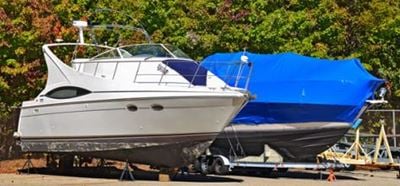There is potential engine damage from the ethanol blend in your boat's gasoline tank when winterizing your boat for the season!
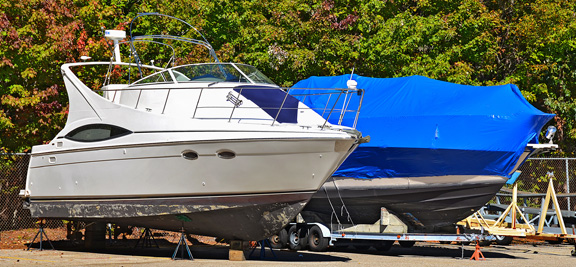
When gasoline containing ethanol is stored for just three months, it can potentially damage marine engines. Ethanol is present in most fuels, and when your boat sits for more than 90 days, "phase separation" of the ethanol and gasoline occurs. According to Fuel Testers, "Phase separation occurs in E10 gas when only 3.8 teaspoons of water per gallon of fuel is absorbed. Moisture from humid air can easily be absorbed into E10 fuel."
This leaves a corrosive water-soaked ethanol mixture at the bottom of the gas tank. Ethanol is also a solvent, degreaser, cleanser and antifreeze – and absorbs 50 times more water than non-alchohol gas. According to a BoatU.S. survey, "Half of the respondents reported that they had to replace or repair their boat engine or fuel system parts due to suspected ethanol-related damage." The average cost for those repairs was $1,000.
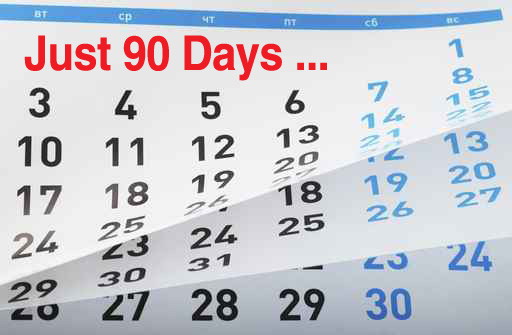
The nitty-gritty: Ethanol alcohol fuel blends have a shelf life of about 90-100 days under ideal environmental conditions. Gasoline without ethanol has a shelf life of many years, where as the shelf life of E10 is lower due to ethanol's ability to attract and absorb water. Petroleum does not blend with water, that is why it floats on the surface when there is a spill. Alcohol by nature attracts, absorbs and blends with water – and it's those water absorbing properties that make ethanol gas most problematic and difficult to manage. Engines that have a vented fuel system in humid regions of the country have the greatest risk for E10 water contamination.
Common symptoms of excess water in your gas: Inability to start the engine, stalling, hesitation, vapor lock or fuel starvation. Additionally you might find premature rusting and corrosion of engine parts.
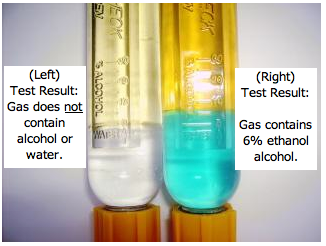
Image courtesy of Quick-Check.
Here's a few things you can do:
- Put a drop of food coloring in a clear bottle of your fuel. If water is present the drop of food coloring will dissolve and turn the fuel the same color as the food coloring. In pure gasoline, the drop goes to the bottom and rolls around as little globules. If you want the comfort of a more calibrated test, there is a product called Quick-Check, it's an indicator solutions to confirm if your tank is ethanol and water free, (see image above).
- Install a water separator filter of 10-12 microns and check and replace the filter often.
- The best method is to just remove and discard the fuel, (this could be expensive), and if you have less than a 1/2 tank of gas remaining we suggest you fill up with very high-octane and quickly run the gas through the tank. When empty make sure the tank walls are clean.
- Use gas additives with caution. Yes, there are "water removal" additives on the market, but most contain strong solvents and alcohol. Fuel-Testers recommends using a petroleum-based fuel stabilizer, such as Gas Shok, Stabil or Startron.
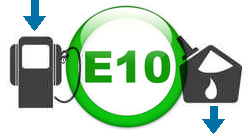
For E10 fuel remaining in small portable gas tanks (and not pre-mixed with 2-stroke engine oil – and if it's the right octane for your car) – just pour it into your car’s gas tank so it's used up quickly. Store your boat's gas tanks either full with non-ethanol gas, a petroleum-based stabilizer when ethanol is present, or drain the tanks completely. What is your experience with E10 fuel? Please comment below, we want to know.

